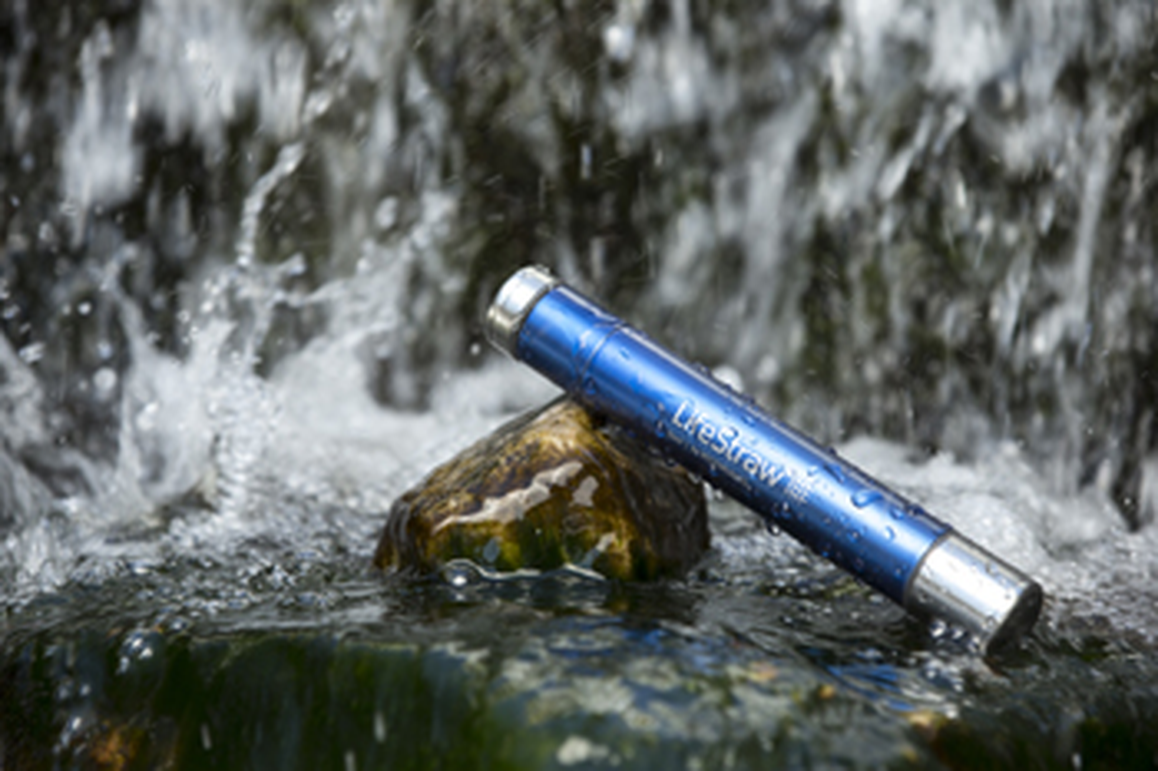Social design: towards a more responsible lifestyle
12 / 09 / 2019
The current rate of consumption puts the planet at a limit in terms of resource depletion and waste disposal. Scientists have been alerting that the situation is reaching a point of no return, affecting all living creatures and the planet itself on several fronts: climate change, natural disasters, displacement of entire populations, air pollution, invasion of waste dumped into the rivers and the sea, forest fires that will destroy the forest mass, unsustainable crops… and all those effects we already know about. The situation poses different challenges that designers, architects and engineers can and should meet by means of innovation and creativity. Politics will follow its path, but it is unquestionable that design can greatly contribute to adopting more equitable, responsible and supportive lifestyles
By using different strategies, such as awareness-raising campaigns, the reuse of waste or helping disadvantaged communities, social design becomes a valuable weapon to try to alleviate the consequences of the current lifestyle in most parts of the planet. The principle of social design is to try to end needs instead of creating them.
Product design might be the field in which this trend becomes more evident. Large corporations like Adidas–with its adidas x Parley collection manufactured with up to 75% of recycled plastic waste recovered from the oceans–and small start-up companies that fight to publicize their products, they all try to find imaginative solutions to this problem. One very special case is Indianes, a start-up company that has researched for years how to create a totally natural, biodegradable and chemical-free shoe. And they have found the answer in banana farming waste. With the collaboration of the communities in the mountains of Colombia, the founders of Indianes are able to extract natural fibers from banana waste which can be used as raw material once they are properly cleaned. When compared to cotton, the banana fiber fabric requires less water and generates almost no emissions, as the fiber comes from agricultural waste that does not need to be farmed.
Likewise, Vestergaard is a global company innovating game-changing solutions that contribute to a healthier, more sustainable planet. They have several ongoing projects such as LifeStraw®, a water filter that turns polluted water into drinking water, an invention that could change the lives of thousands of people with no access to drinking water in their homes.
Portable ultrasound scanners for isolated communities with little access to health centers, lamps that generate light with no electricity, sustainable fashion based on fair trade, rolling water jerrycans, edible drinking straws, ethical jewelry… the number of fields in which social design can thrive is enormous.
Architecture also faces an important challenge: how to raise more self-sufficient buildings that generate less waste during the construction process. From using wood as a construction material, a sustainable alternative to steel and concrete, or the reuse of shipping containers as homes to the cladding of facades that capture sunlight to generate energy and reduce the consumption inside the building, or the construction of shelters for the climatic displaced, architecture does not stop evolving to contribute to a healthier planet.
In conclusion, social design is focused on the social responsibility of the designer and the project that is carried out, in which much more than profit is sought. It is design by and for people. It seeks to meet needs, solve problems and contribute to social wellbeing.
The planet needs a change of attitude from all of us, but perhaps it is the community of designers that is best positioned to lead this change. Innovation and creativity are the base of everything.
That is why we ask you to meet this challenge. Are you ready to redefine the way you design and opt for this model full of risks but also offering plenty of opportunities?



